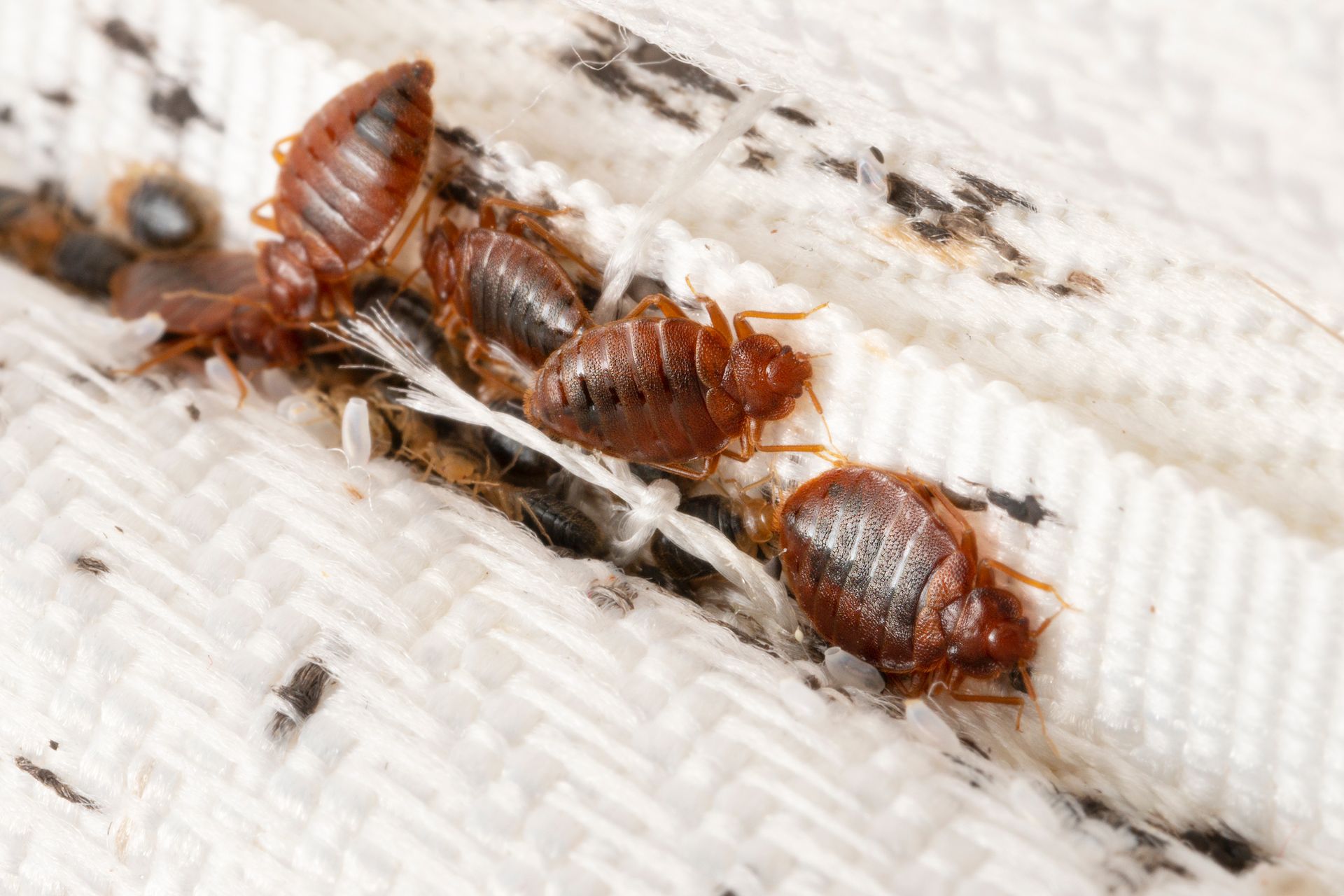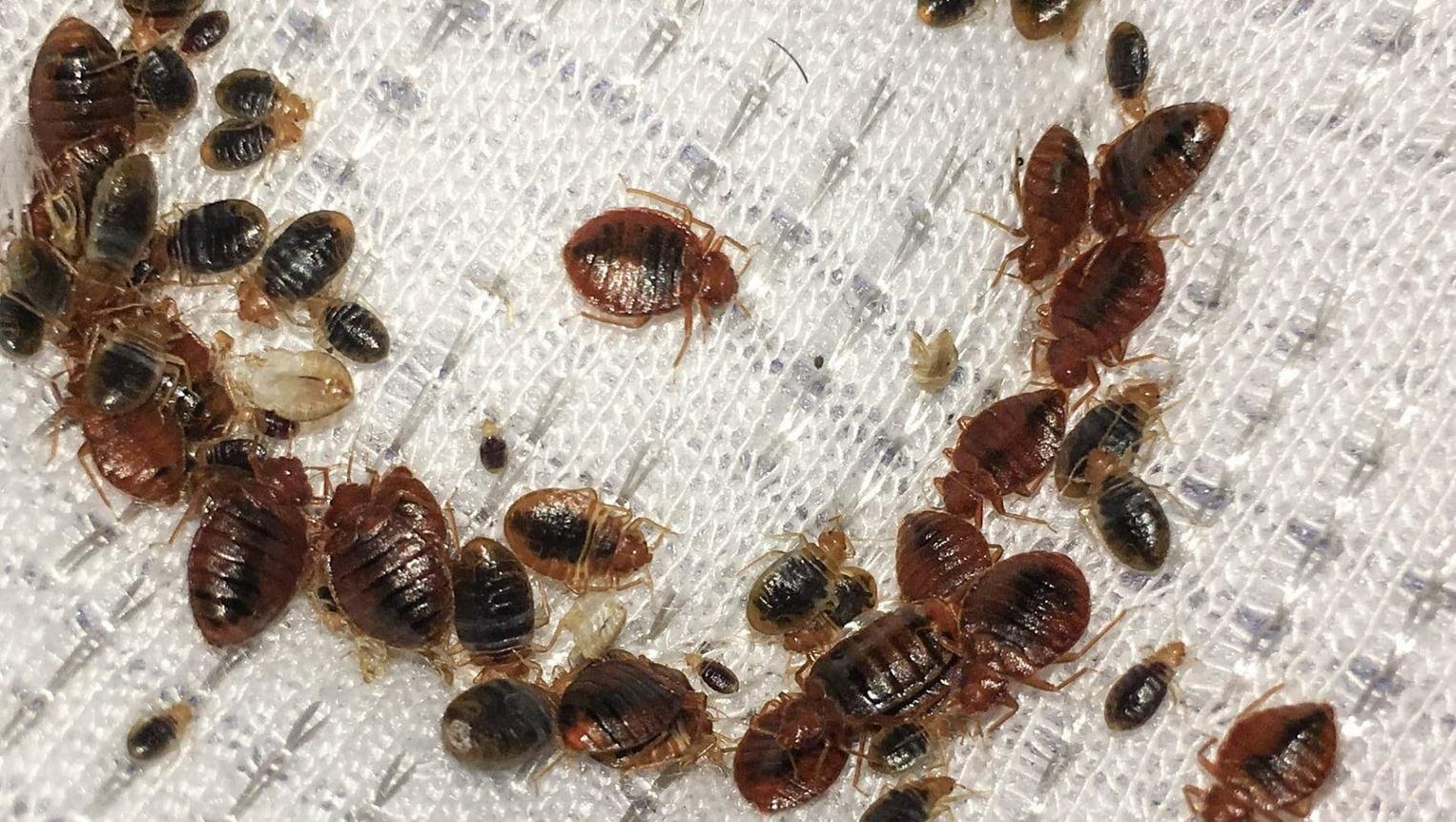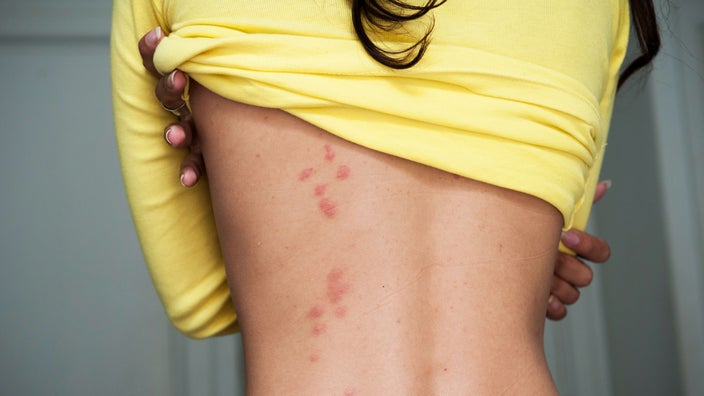Insect Control Services Demystified: The Scientific Research Behind Removing Parasites and Pests
Parasite control solutions play a critical duty in keeping the health and wellness of our living and workplace. Behind the relatively routine job of eliminating parasites lies an interesting globe of scientific concepts and methods that drive the process of bug administration. From understanding the detailed behavior patterns of parasites to employing cutting-edge modern technologies for their elimination, the realm of bug control operates on a foundation of expertise that extends much beyond just eradicating undesirable intruders. As we check out the detailed science behind pest removal, we reveal a world where biology, chemistry, and technology merge to fight these resilient enemies.
Pest Behavior Analysis
Examining pest actions is vital in establishing effective parasite control methods for both household and industrial settings. By recognizing the routines and patterns of pests, parasite control experts can carry out targeted and effective solutions to remove infestations. One vital element of pest actions evaluation is identifying the details elements that bring in insects to a certain area. This could consist of access to food sources, water, sanctuary, or beneficial ecological conditions. As an example, some insects are drawn to areas with high moisture degrees, while others are brought in to trash or raw material.
Furthermore, studying insect habits aids in determining one of the most suitable methods of parasite control. Various parasites may require different techniques, such as baiting, capturing, or chemical therapies. Understanding that a specific kind of bug is mostly energetic at night can assist in scheduling therapies for maximum efficiency. Overall, a comprehensive analysis of pest behavior is vital for establishing customized pest management strategies that are both eco-friendly and extremely reliable.
Integrated Pest Administration Methods
Integrated Bug Monitoring Strategies entail detailed approaches that make use of a mix of preventative measures, organic controls, and keeping an eye on to properly take care of parasite populaces. Surveillance plays a crucial duty in Integrated Pest Management by consistently examining and recognizing pest populations to identify the most suitable control methods. By utilizing a combination of these techniques, bug control services can minimize the environmental influence of pest management while successfully reducing pest populations in a sustainable way.
Eco-Friendly Bug Control Solutions

With an emphasis on sustainability and environmental consciousness, green pest control solutions offer an all-natural and efficient option to standard chemical pesticides. These techniques prioritize using non-toxic active ingredients originated from plants, minerals, or various other natural resources to battle parasite invasions without triggering injury to the environment, humans, or non-targeted species.
One preferred green strategy is biological insect control, which includes introducing all-natural killers, parasites, or pathogens to take care of insect populations. By harnessing the power of nature's own checks and equilibriums, this technique can efficiently regulate bugs without the need for harmful chemicals. Furthermore, herb chemicals obtained from plants like neem, pyrethrum, and garlic have revealed promise in repelling or eliminating parasites while staying safe for helpful insects and pets.
Additionally, eco-friendly bug control services often concentrate on Visit Your URL preventive actions such as sealing entrance factors, eliminating food and water sources, and keeping proper cleanliness to deter bugs from infesting buildings. By integrating these lasting methods, insect control services can properly eliminate bugs while minimizing ecological influence.
Function of Modern Technology in Pest Elimination
Modern developments in innovation have transformed the field of pest removal, enhancing the performance and performance of parasite control solutions. One of the crucial technological tools in bug control is the usage of remote tracking gadgets, such as video cameras and sensors, which help in recognizing parasite hotspots and monitoring insect movements.
Furthermore, the development of environmentally friendly pesticides and lures that are a lot more targeted towards specific pests has actually been implemented through technical innovations. This targeted technique decreases the general use of chemicals, reducing environmental impact while properly handling pest populations. In addition, using drones for airborne surveys and targeted chemical application in hard-to-reach areas has structured insect control operations.

Relevance of Normal Bug Inspections
Routine insect evaluations are critical for preserving a pest-free atmosphere and preventing problems from holding. By conducting regular assessments, homeowner can spot parasite issues at an early stage, allowing for swift and targeted treatments to eliminate the parasites before they reproduce and spread. These evaluations offer a chance to identify prospective access factors where pests can infiltrate the facilities, allowing positive actions to seal off these access factors and prevent future infestations.
In addition, normal bug evaluations can assist protect the health and wellness of passengers by guaranteeing that the environment remains devoid of disease-carrying insects and allergens. Early discovery of insects like rats, cockroaches, or bed pests can prevent health and wellness threats linked with their presence, such as allergic responses, contamination of food and water sources, or the this hyperlink transmission of conditions.
In enhancement to shielding human wellness, normal pest evaluations are necessary for preserving the architectural honesty of dig this structures - ez commercial pest control service. Specific parasites, such as termites, can create substantial damages to wooden frameworks if left uncontrolled. Through routine assessments, homeowner can recognize termite infestations early and implement steps to stop pricey architectural fixings
Conclusion
